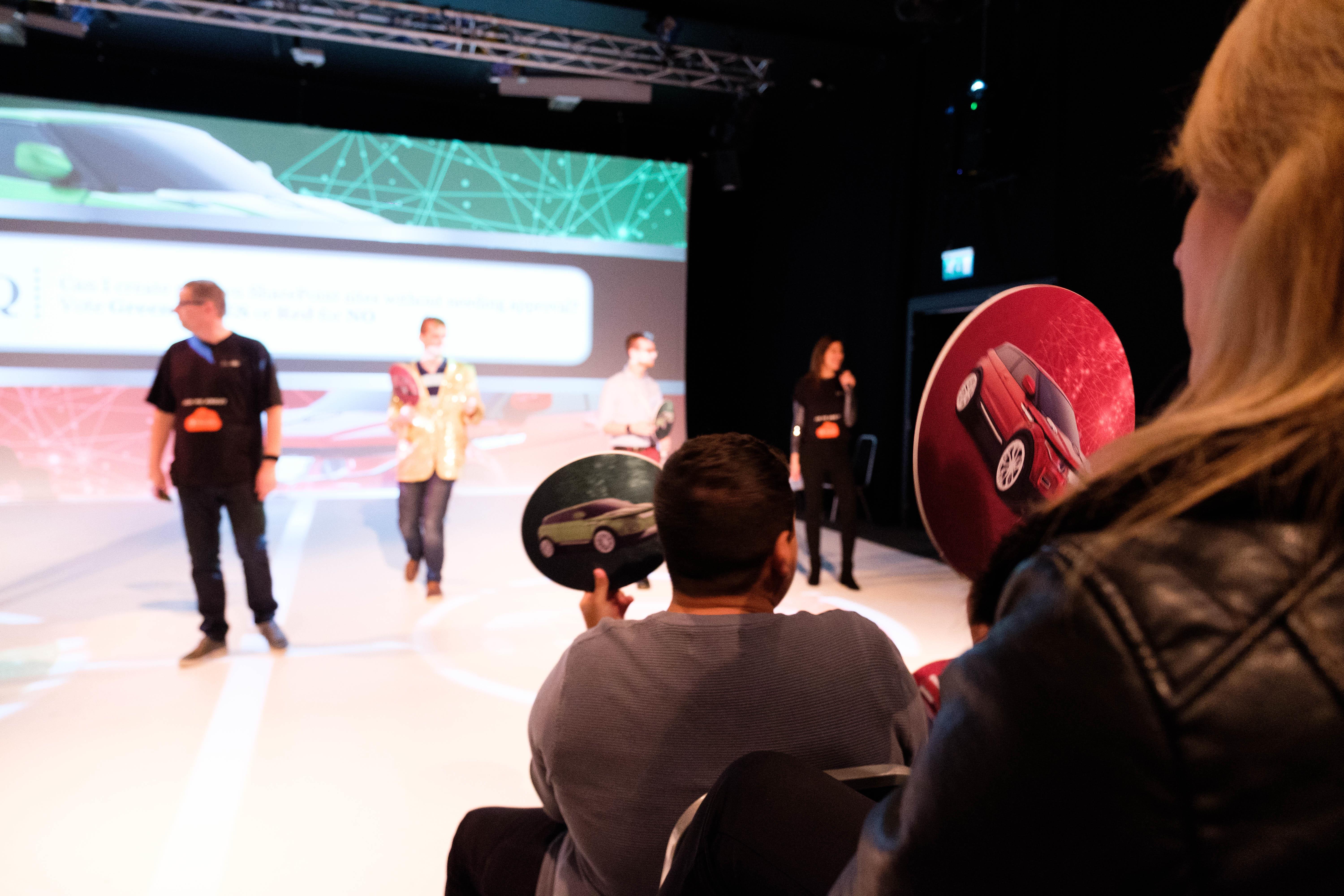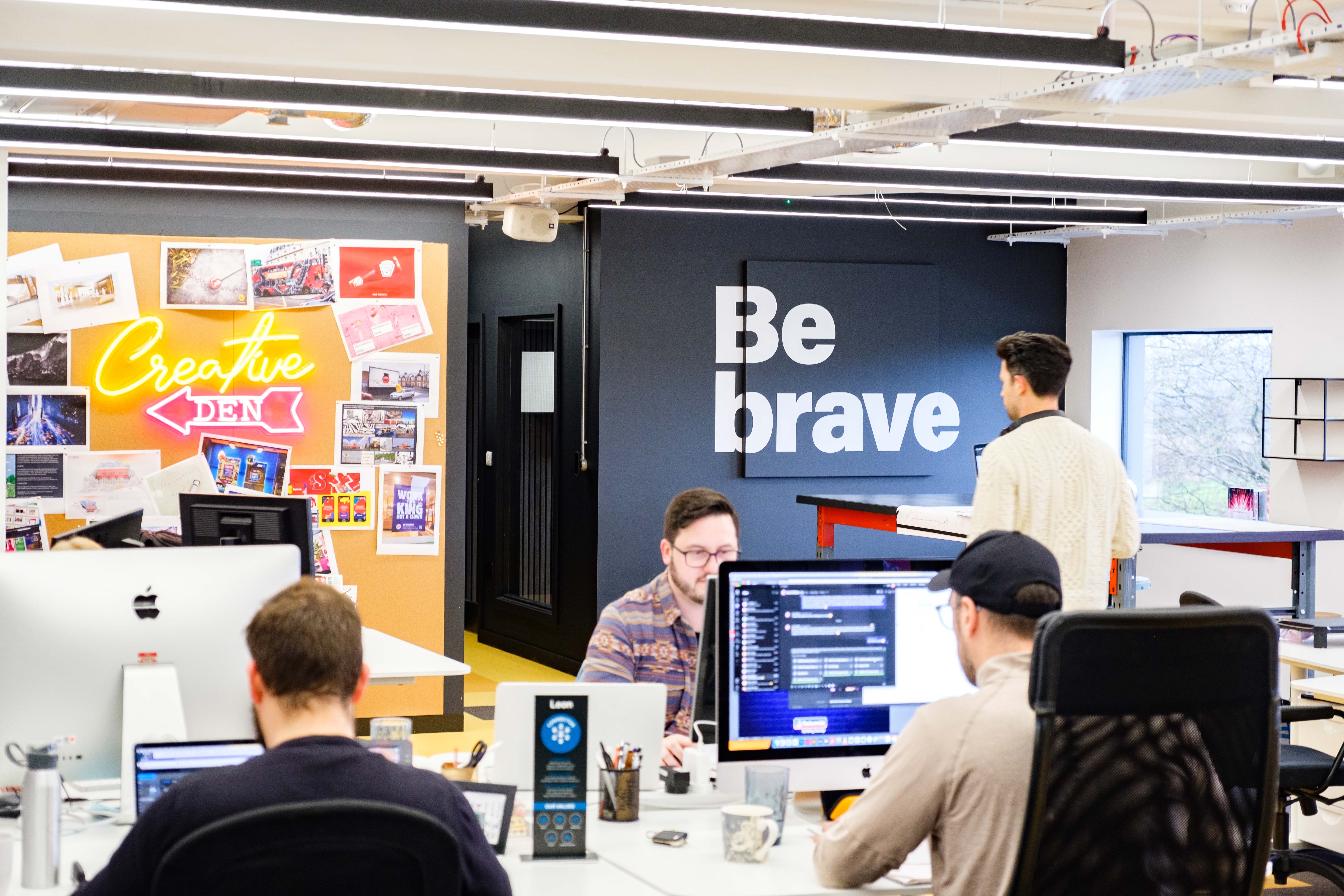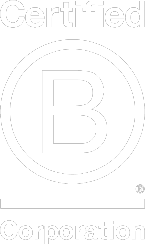We have discussed previously how a hybrid event is actually a widely recognised communications format, most commonly used for large TV broadcast events such as sports, political or celebrity events.
If we use the fact that televised events are a great example of hybrid in action, when we translate this well-established format into business events, what learnings should we take from the broadcasters?
First of all, we must recognise there are two audiences: those physically in the room and those watching remotely. Our production values need to reflect this and be different. ‘The same but different’ is the way we need to look at how we start to build a hybrid event.
The content, desired outcome and audience behaviour are probably going to be the same for both live and virtual delegates. The difference comes in how we engage with a dual audience. Both experiences have their pros and cons and when producing an event for both, we need to not only be aware of these, but to use them to our advantage to create a truly engaging event where both audiences feel they received the messaging and experience in the best possible way.
Think about Formula 1; you are in the grandstand, you only get to see cars for a few seconds as they scream past you, the rest of the time you watch the race from the large screens or your mobile. Looking at that live experience, you would be forgiven for thinking that being at the event is a poor experience and, actually, if you had stayed at home and watched it on TV you would have seen more. However, the power of the ‘I was there…’ emotion of a live experience must never be underestimated. Although the viewing experience may be less than that of a virtual audience, it is this feeling of being there that massively outweighs the benefits of watching events remotely. Live events are 4D; a shared experience that is incredibly powerful.
While the 2D substitutes that allow us to view remotely enable greater audiences and reach, to be anything close to the actually ‘being there’ experience for delegates, we have to work hard in creating a different experience. Sticking a camera, or cameras, at the back of an auditorium is not going to cut it. What our virtual audiences may miss in on-site excitement, we must make up for in exclusive content. This could involve interviews, pre-recorded videos and sequences the live audience will never see. In short, we are now the eyes and ears of the remote audience.
So, planning a hybrid event needs two different disciplines – Live and Broadcast. In many cases this could involve two separate teams working on the ‘same but different’.
There are many elements to consider:
-
What the structure of your hybrid event is.
-
Will you be running one live location?
-
or multiple hubs that need to be joined together?
-
Will you need two-way communication where you have multiple global presenters, virtually appearing at the same time, on the same stage, using VR, AR or ER (extended reality)?
-
What about time zones and digital infrastructure?
There is lots to consider, so it’s critical to get the right creative and production team in place that have the knowledge and experience of the techniques necessary.
The key to creating a successful hybrid event is asking yourself the right questions: what are you trying to achieve? What are the key messages that need to reach both audiences and what is the best way to communicate these messages to reach all delegates, be they live or virtual? Hybrid is about playing to the strengths of the two mediums and creating something that appeals to and engages all. It is a fine line to tread, but by adhering to the above advice you can create a truly spectacular experience for all involved.
/DRPG%2045th%20Anniversary/DRPG%2045th%20White%20-%20No%20Text.png)


 Back
Back





